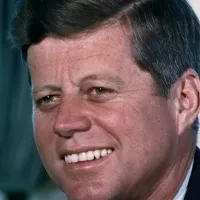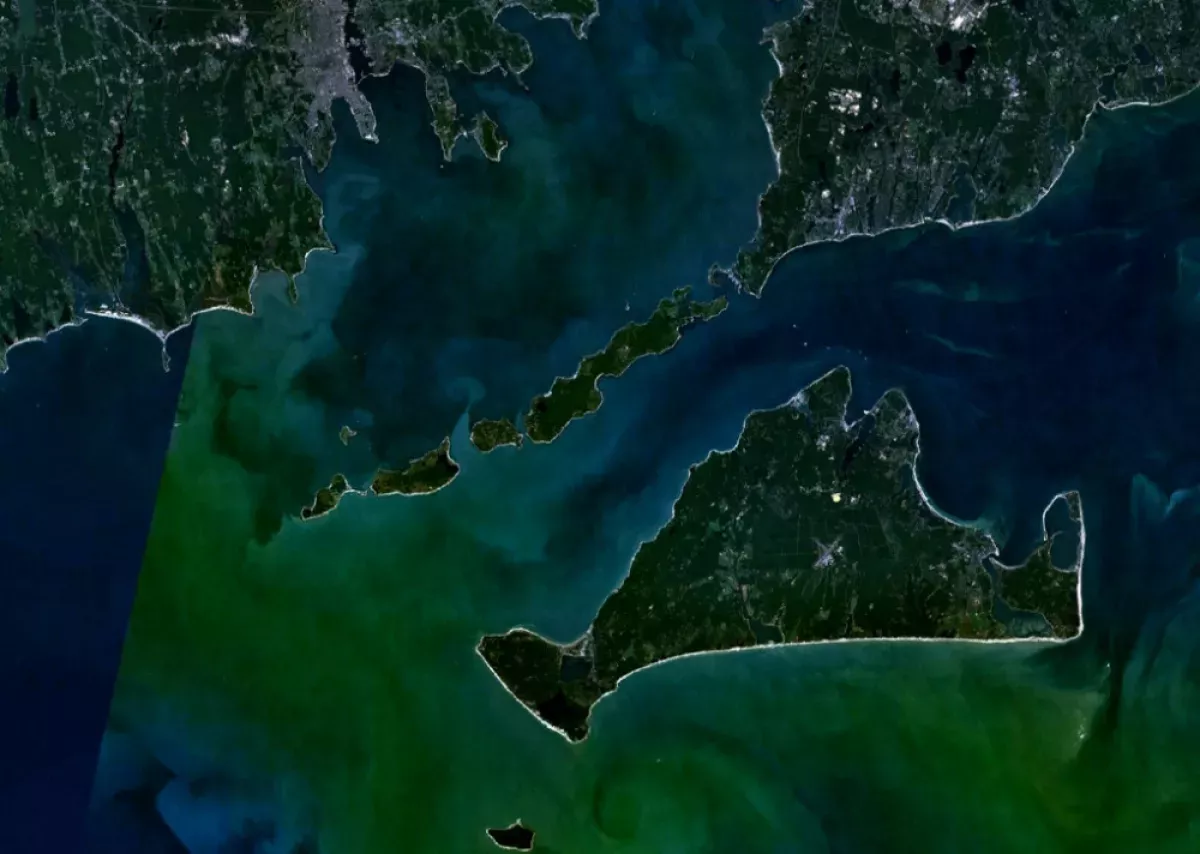Martha's Vineyard is an island located south of Cape Cod in Massachusetts, known as a popular and affluent summer colony. Encompassing approximately 96 square miles, it is the 58th largest island in the U.S. and the third largest on the East Coast. It includes Chappaquiddick Island and forms the majority of Dukes County, Massachusetts, which also consists of the Elizabeth Islands and Nomans Land.
1994: Release of The Inkwell
In 1994, The Inkwell, a film directed by Matty Rich, was released. The film focuses on the close-knit African-American community on Martha's Vineyard.
Mentioned in this timeline

Ron DeSantis is an American politician who has served as...

John F Kennedy JFK was the th U S President...

Hillary Diane Rodham Clinton is an American politician lawyer and...

Barack Obama the th U S President - was the...

Steven Spielberg is a highly influential American filmmaker recognized as...
Florida a state in the Southeastern United States is largely...
Trending
8 months ago Maldives bans Israelis in solidarity with Palestinians amid Gaza conflict escalation.

3 months ago Brock Bowers' Injury Concerns: Raiders' Crosby Also Added to Injury Report

2 months ago Edison Upgrades South Pasadena Electrical Grid Amidst Storm Recovery, Lifting Evacuation Orders

John Stamos is an American actor and musician who rose to fame as Blackie Parrish on General Hospital earning a...

8 months ago Austin Hays emerges as a top Fantasy Baseball Waiver Wire pickup.

1 month ago Maxxine Dupri, assisted by AJ Lee, dethrones Becky Lynch for Intercontinental Title on Raw!
Popular

Tucker Carlson is an American conservative political commentator known for...

XXXTentacion born Jahseh Dwayne Ricardo Onfroy was a controversial yet...

Ben Shapiro is a prominent American conservative political commentator media...

Candace Owens is an American conservative political commentator and author...

William Franklin Graham III commonly known as Franklin Graham is...

Ursula Gertrud von der Leyen is a prominent German politician...
